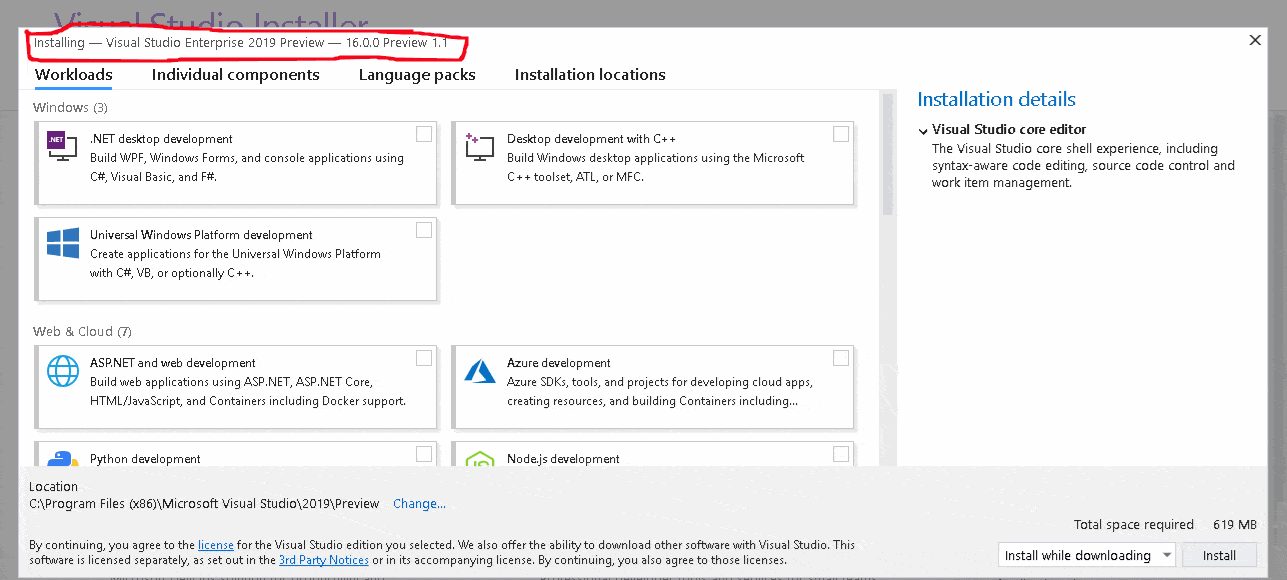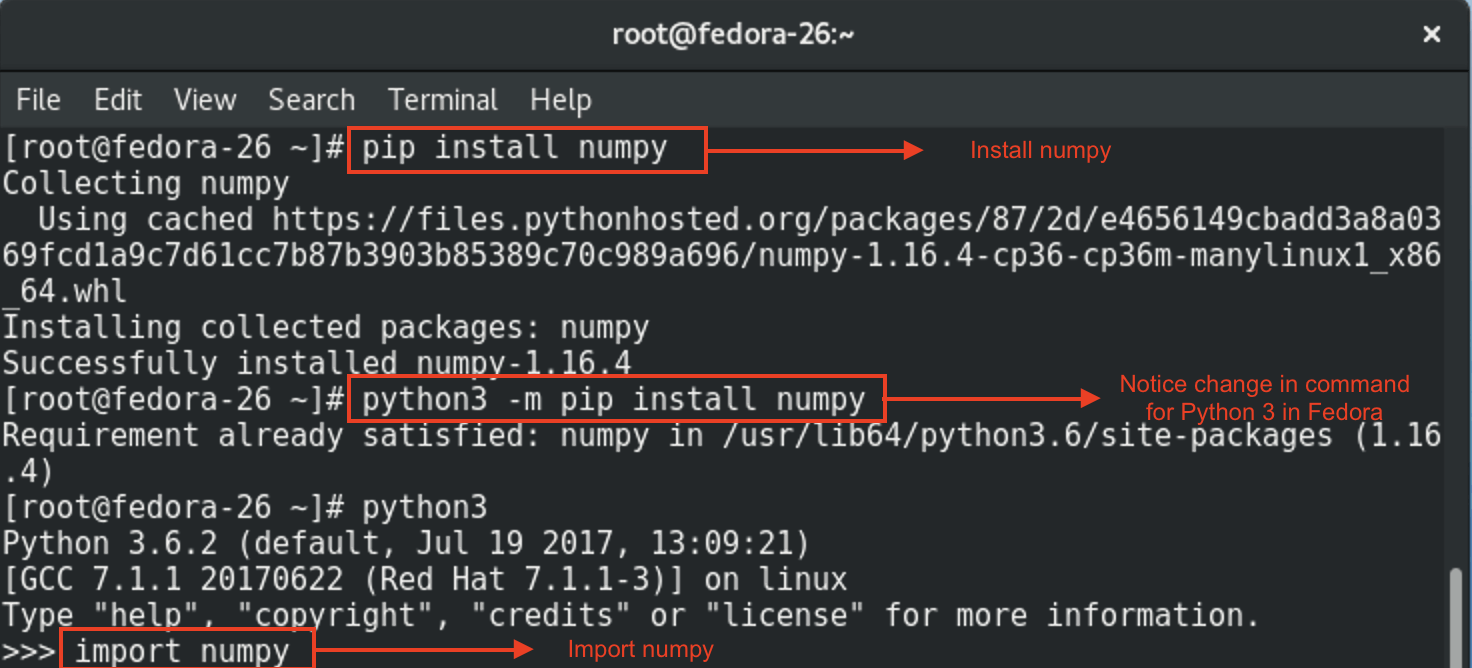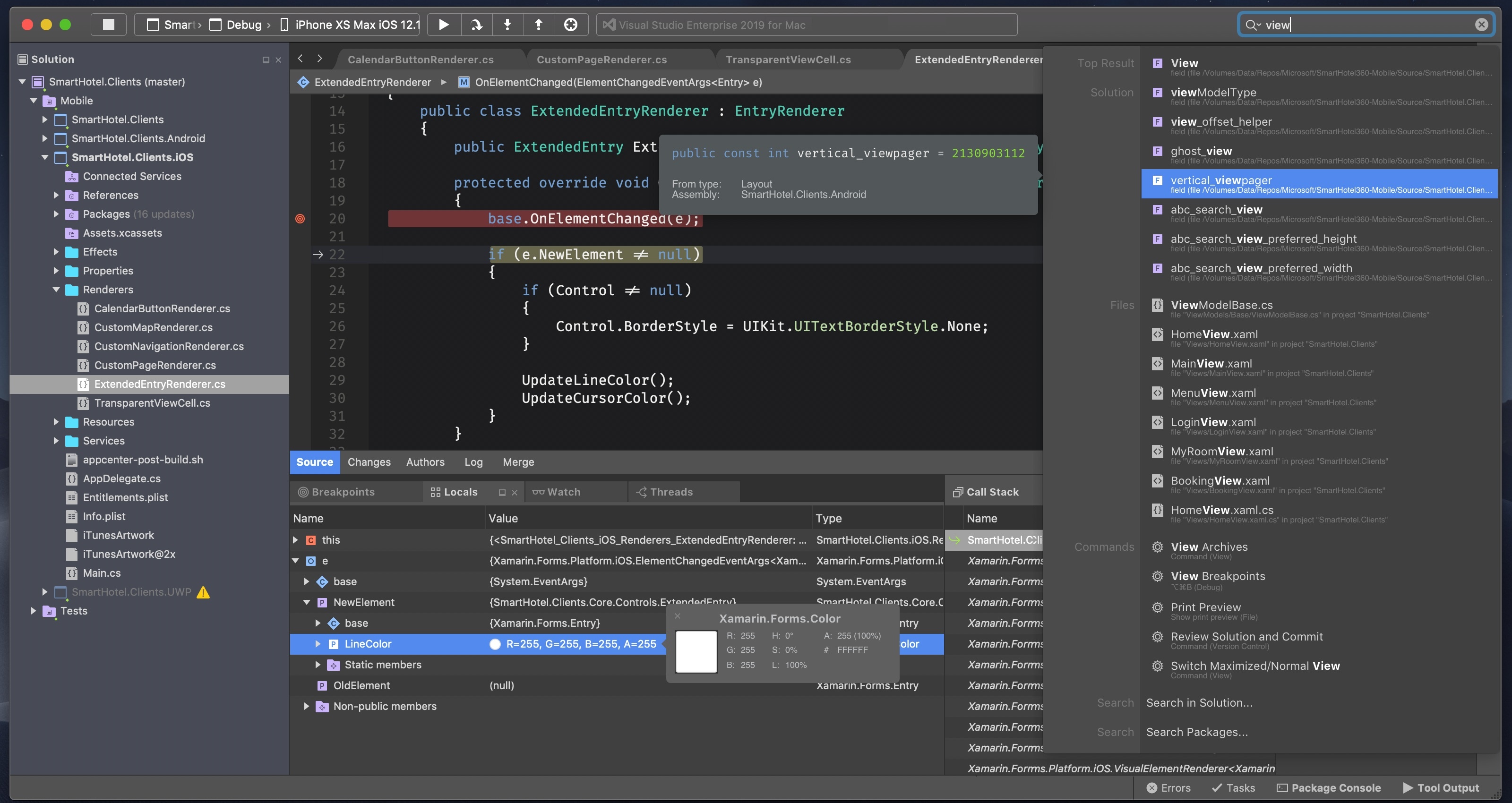
Hard disk space: Minimum of 800MB up to 210 GB of available space, depending on features installed typical installations require 20-50 GB of free space. 2 GB of RAM 8 GB of RAM recommended (2.5 GB minimum if running on a virtual machine).  Windows 7 SP1 (with latest Windows Updates): Home Premium, Professional, Enterprise, Ultimate. Windows Server 2012 R2 (with Update 2919355): Essentials, Standard, Datacenter. Windows 8.1 (with Update 2919355): Core, Professional, and Enterprise. Windows Server 2016: Standard and Datacenter. Windows 10 version 1703 or higher: Home, Professional, Education, and Enterprise (LTSC and S are not supported). Visual Studio 2019 will install and run on the following operating systems (64 bit recommended): If you want to change the language of Visual Studio, choose Language packs > select language you want, then follow the prompts.Please read Visual Studio 2019 system requirements before installing: Supported Operating Systems When running for the first time, the installer program will match the language of your OS. You can install and add individual components that you need, and follow the prompts. There’s a case when you want to add more components than what is available in workload installs list, you can do so by using the Individual components tab.
Windows 7 SP1 (with latest Windows Updates): Home Premium, Professional, Enterprise, Ultimate. Windows Server 2012 R2 (with Update 2919355): Essentials, Standard, Datacenter. Windows 8.1 (with Update 2919355): Core, Professional, and Enterprise. Windows Server 2016: Standard and Datacenter. Windows 10 version 1703 or higher: Home, Professional, Education, and Enterprise (LTSC and S are not supported). Visual Studio 2019 will install and run on the following operating systems (64 bit recommended): If you want to change the language of Visual Studio, choose Language packs > select language you want, then follow the prompts.Please read Visual Studio 2019 system requirements before installing: Supported Operating Systems When running for the first time, the installer program will match the language of your OS. You can install and add individual components that you need, and follow the prompts. There’s a case when you want to add more components than what is available in workload installs list, you can do so by using the Individual components tab. 
You can see that it has other workloads support other kinds of development, like the Universal Windows Platform development, Mobile development with C++, etc.Īfter you choose the workload(s) and optional components you want, choose Install.īefore that, there are some optional installation you can set up: Choose individual components (Optional)

You can select or deselect optional components in this list. It will show you details on the right side of screen. For core C and C++ support, choose Workloads menu > Desktop development with C++ (the third one).







 0 kommentar(er)
0 kommentar(er)
